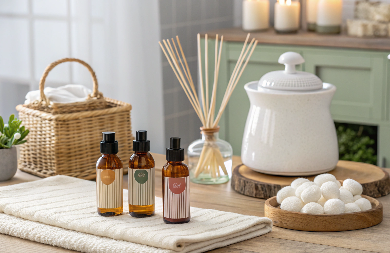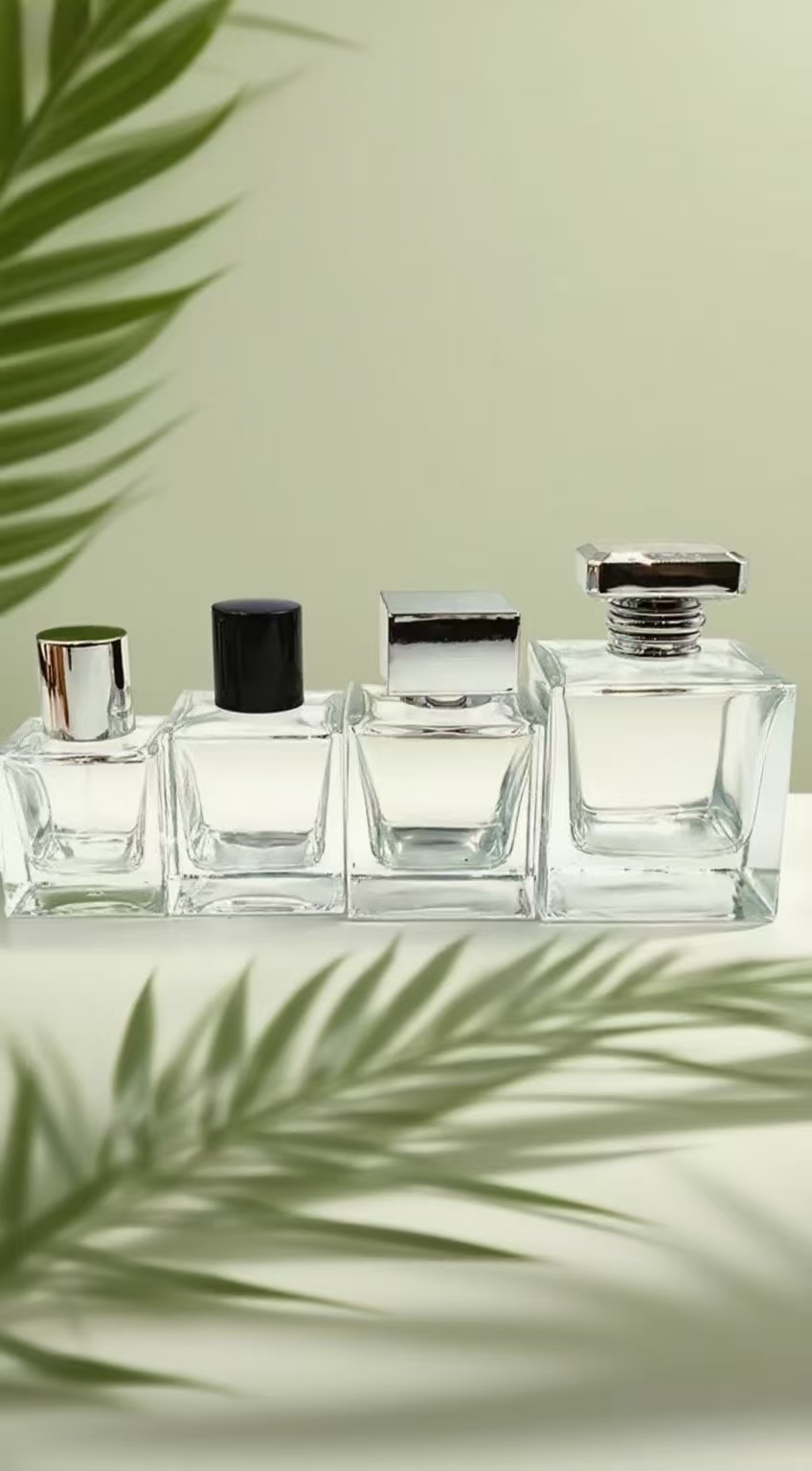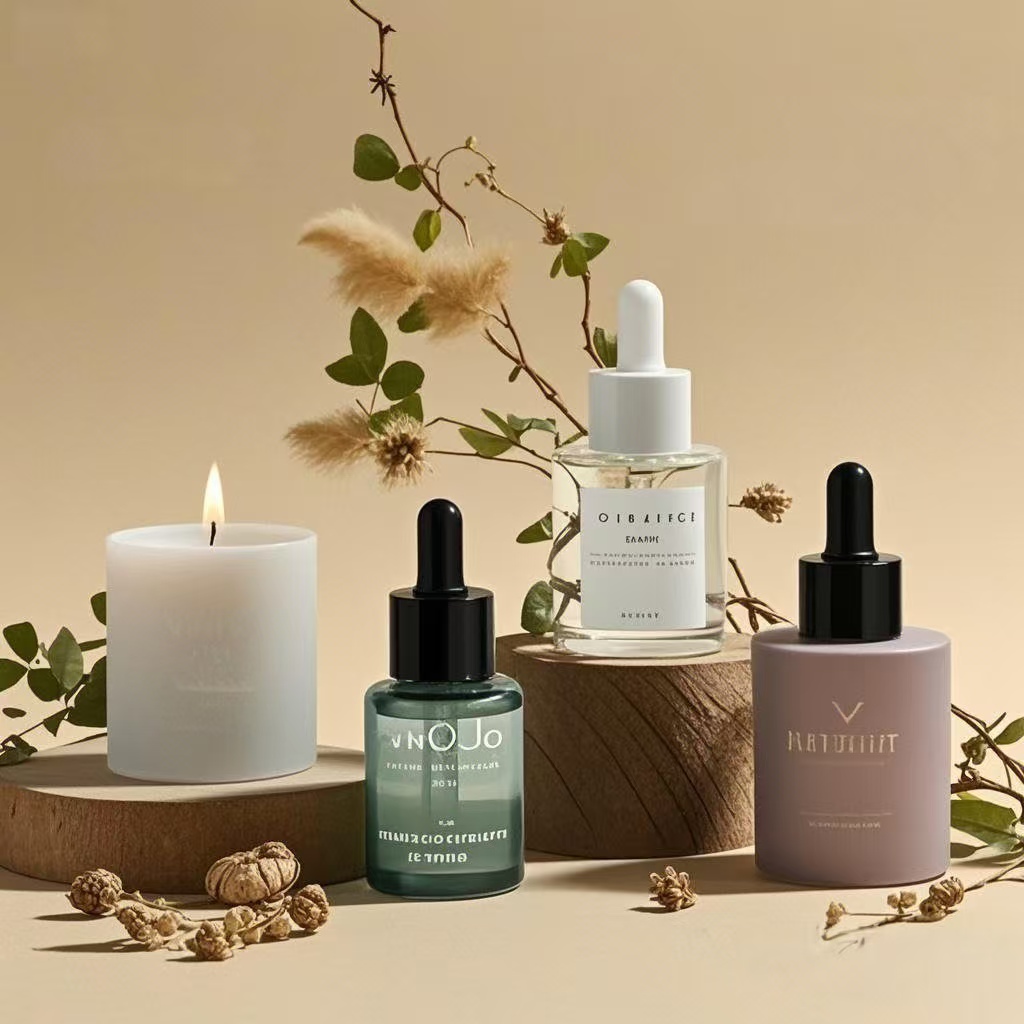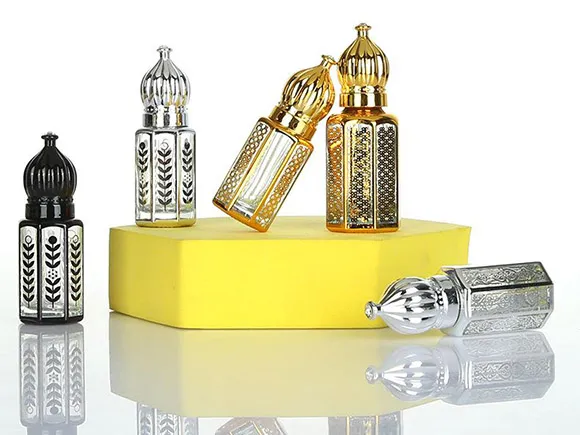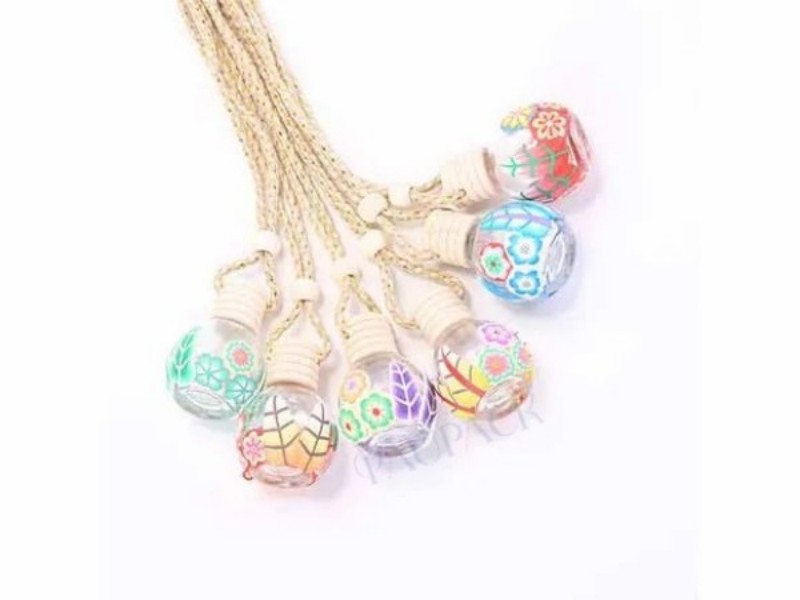A few drops of essential oil can transform a space—but making that scent last is the real art.
To make your house smell good with essential oils, use a combination of diffusers, DIY sprays, and scent-infused materials like wood or fabric, and follow blend rules like 30/50/20 to create long-lasting fragrance.
Essential oils aren’t just for personal care—they’re one of the most effective, natural ways to scent your home without artificial chemicals. Whether you're curating home fragrance products or enhancing your living space, understanding how to use and layer oils properly makes all the difference. Let’s explore how to scent every room in your home effectively and sustainably.
How to Make Your House Smell Nice with Essential Oils?
Scenting your home should be intentional, not overpowering.
To make your house smell nice with essential oils, diffuse 3–8 drops per 100ml of water in high-traffic areas, apply oils to absorbent surfaces, and refresh fabrics using homemade sprays.
Dive Deeper: Essential Scenting Methods by Room
| Room | Method | Ideal Oils |
|---|---|---|
| Living Room | Ultrasonic diffuser | Bergamot, cedarwood, frankincense |
| Bedroom | Pillow mist or reed diffuser | Lavender, chamomile, ylang ylang |
| Bathroom | Cotton ball, spray, or TP trick | Peppermint, eucalyptus, tea tree |
| Kitchen | Stove simmer pot or spray | Lemon, rosemary, orange |
| Closet | Wood blocks or sachets | Patchouli, cedarwood, geranium |
For brands and creators, consider bundling oils with room-specific usage tips. At PauPack, we supply diffuser-ready bottles, spray packaging, and custom-labeled sets that help customers scent smarter, not stronger.
How Can I Make My House Smell Nice All the Time?
Lasting scent comes from layering, routine, and knowing your tools.
To keep your house smelling nice all the time, use a mix of long-release methods like reed diffusers and passive scenting with cotton balls or wood chips, and refresh daily with EO sprays or mist diffusers.
Dive Deeper: Long-Term Scent Strategy
1. Passive Base Layer
-
Reed diffuser in each room
-
Wood chips or clay discs with EO in drawers, closets
2. Daily Top-Up
-
Linen spray for curtains and rugs (test fabric first)
-
3–5 drops on a cotton ball behind furniture or in vent covers
3. Weekly Refresh
-
Add oils to mop water or carpet powder
-
Simmer herbs, fruit, and EO on stove
At PauPack, we offer complete home scenting kits, combining base layer diffusers with daily-use sprays—perfect for gifting, home staging, or spa product lines.
What Holds Essential Oil Smell Longest?
The secret lies in materials—and the oils you choose.
Porous natural materials like wood, fabric, and clay hold essential oil scent longest. Oils with base notes like sandalwood, patchouli, or frankincense last longer than citrus or mint oils.
Dive Deeper: Best Materials for Long-Lasting Aroma
| Material | Scent Longevity | Best Uses |
|---|---|---|
| Cedar wood | Excellent | Drawers, under bed, closets |
| Terra cotta | Very good | Hanging diffusers, passive room scenters |
| Wool balls | Good | Laundry, car scents |
| Baking soda | Moderate | Deodorizers for fridge, shoe closets |
Oils That Linger
| Oil Type | Longevity | Role in Blends |
|---|---|---|
| Sandalwood | 6–8 hours | Base |
| Frankincense | 5–7 hours | Base |
| Lavender | 4–6 hours | Middle |
| Bergamot | 2–4 hours | Top |
At PauPack, we help brands match oil type to material for product longevity—whether it’s pairing cedar with patchouli or diffuser reeds with bergamot. Our packaging ensures oils stay potent and leakproof.
What Is the 30 50 20 Rule for Essential Oils?
Smell that shifts over time? That’s the beauty of a well-structured blend.
The 30/50/20 rule is a blending guideline for essential oils: 30% top notes, 50% middle notes, and 20% base notes to create a scent that is dynamic and long-lasting.
Dive Deeper: How to Apply the Rule
| Note Type | Function | Common Oils | Ratio |
|---|---|---|---|
| Top | Initial burst, quick fade | Lemon, peppermint, grapefruit | 30% |
| Middle | Heart, emotional tone | Lavender, clary sage, geranium | 50% |
| Base | Depth, anchoring scent | Patchouli, sandalwood, myrrh | 20% |
Example: Calming Room Blend (10 drops)
-
3 drops bergamot (top)
-
5 drops lavender (middle)
-
2 drops frankincense (base)
Use this blend in a 100ml diffuser or combine with 1 tsp alcohol and 30ml water for a room spray. At PauPack, we offer blend consultation, packaging, and dropper guides to help customers replicate and enjoy your custom scents correctly.
Conclusion
Making your house smell good with essential oils means blending wisely, choosing the right materials, and refreshing consistently. With the right scent layers, long-holding bases, and the 30/50/20 rule, your home becomes a haven—not just of style, but of scent.







